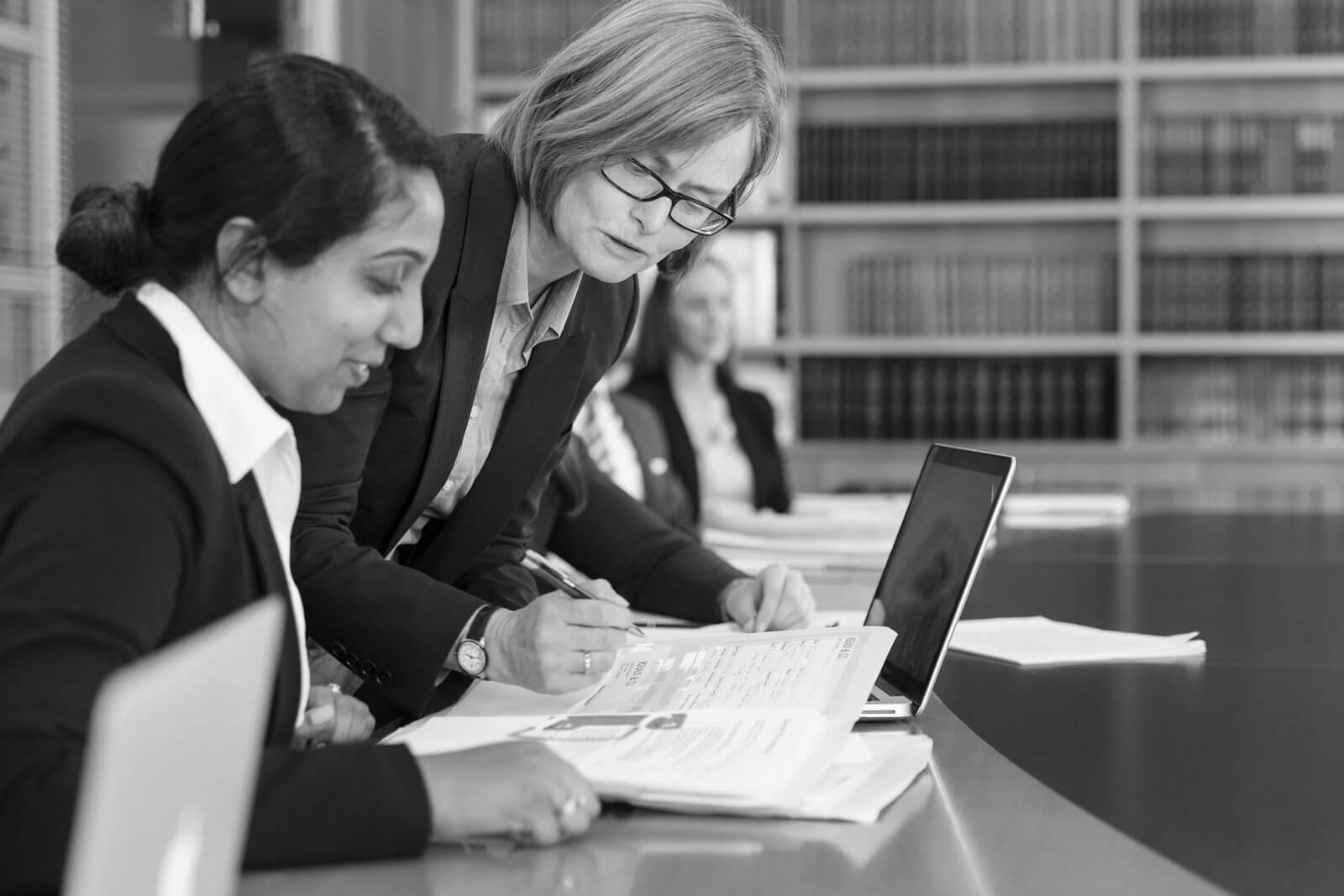Barristers and judges work in “chambers” whereas solicitors work in “offices” (pre-Covid anyway!). Did you ever wonder why? Word origins give a clue – as well as historic distinctions between legal roles…
In this article, we look at the word “chamber” which, in the sense ‘private room’, derives from Old French ‘chambre’, which in turn comes from Latin, ‘camera’, meaning ‘vault, arched chamber’, which itself comes from the Greek word, ‘kamara’.
In this article – we cover three key questions to understand chambers in more detail: First, why do barristers work in chambers? Is there a difference between barristers’ chambers, judges’ chambers, and solicitors’ offices? And what happens when a hearing is held ‘in camera’?
Barristers are independent lawyers, generally self-employed, with specialist advocacy skills. Much of their day job is performed at ‘the bar’ in open court. Traditionally, courtroom architecture used ‘the bar’ to divide those qualified to appear before judges (barristers) from the general public. The origins of this exclusive right to appear traces back as far as the year 1216. When not appearing at the bar, barristers worked in chambers (private rooms).
By contrast, solicitors (or attorneys) work from offices. Solicitors deal directly with clients and administer their affairs and paperwork. From the 16th century, solicitors began to be excluded from the Inns of Court, which housed barristers’ chambers in London. Excluded from appearing in certain courts, solicitors were left to handle the ‘office work’. Gideon Haigh’s masterful book, The Office: A hardworking history (2012) traces the origins and modern incarnations of the office as a workplace, including solicitors’ offices stacked with files and paper. In effect though, solicitors were forced to brief barristers to appear in court on behalf of their clients.
Unlike solicitors, barristers cannot work in partnerships or through a company. Barristers’ chambers house clusters of barristers and their private rooms, usually close to court. So it is in this sense that barristers ‘belong’ to a set of chambers. For example, Owen Dixon East Chambers houses a group of barristers directly across the road from the main entrance to the Supreme Court of Victoria in William Street, Melbourne.
How do barrister’s chambers differ from judge’s chambers? When a public court hearing is adjourned, judges retire to their chambers, or private rooms, within the precincts of the court building. But certain matters can be heard by judges ‘in chambers’ rather than in an open courtroom. This is also known as an ‘in-camera’ hearing – and it has nothing to do with filming or photography! ‘Camera’ is just the Latin derivation of the Old French word ‘chambre’ which, in English, became ‘chamber’. The distinction is simply between a private and a public space for the hearing.
Controversy sometimes surrounds ‘in camera’ hearings. A good example is the trial of Canberra lawyer, Bernard Collaery, presently being held ‘in camera’. Collaery acted for ‘Witness K’, a former intelligence officer, and both were charged with revealing national secrets. The ACT Supreme Court had to decide the contested question about whether the trial should be public or, at least in part, ‘in camera’.
But why might an ‘in camera’ hearing be controversial? The common law tradition is heavily anchored in the idea of open justice, so ‘in camera’ hearings are exceptional. A private hearing behind closed doors evokes the infamous ‘Star Chamber’ (Latin: Camera Stellata) – a place where secret trials were held in Westminster Palace from 1487 to 1641. Away from public transparency, torture was used to extract confessions, and jurors were punished for finding against the Crown. Indeed, a ‘torture chamber’ represents a space exactly opposite due process in the common law tradition.
In the battle between Parliament and the Crown, Parliament succeeded in abolishing the Star Chamber in 1641. And lawyers had no small role to play in the subsequent public trial and execution of King Charles I for tyranny. These collective memories reverberate with the legal profession down to the present day. And the value of ‘open justice’ – with legal actors and litigants performing on public display, outside chambers – remains central to our idea of the rule of law.
